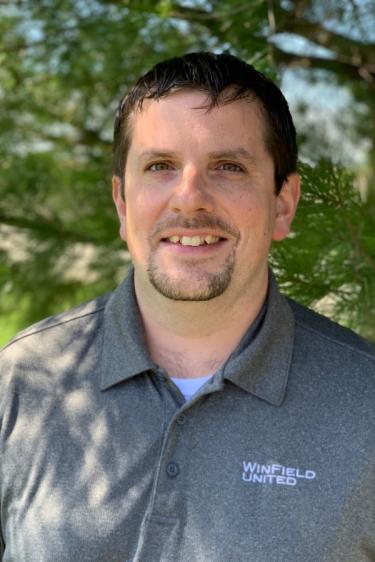ILSOYADVISOR POST
Uncover Hidden Nutrient Deficiencies with Tissue Testing
Are you able to look at a plant and know exactly which nutrients might be limiting yield this growing season? In some cases, a soybean plant may be deficient in a specific nutrient and exhibit visual symptoms characteristic of that nutrient deficiency. For example, it is not uncommon to observe chlorotic or yellow leaf margins when potassium is limiting a crop. In many situations, however, visual symptoms may not be present, but one or more nutrients may potentially be limiting the growth and yield of the crop. Tissue testing is an approach that can be used to uncover these hidden hungers.

Tissue testing involves collecting a sample of fresh plant material from your field for analysis of the nutrients contained within. Unless directed otherwise by your tissue testing laboratory, sample the uppermost, fully developed trifoliate leaf. A softball sized mass of leaves ensures that enough material will be available for analysis once dried.
Where should samples be collected within a field?
The answer to this question depends on what you are hoping to learn. If planning to make a potential nutrient application to the field, one or more samples should be collected from representative areas. In other cases, you may have on-farm trials within the field (different varieties, fertility treatments, inoculants, etc.) that guide you on where to collect samples. Perhaps there are problem areas that you are trying to diagnose. If the latter, collect samples from problem areas as well as ‘normal’ areas to compare.
When should tissue samples be collected?
I recommend collecting three or four tissue samples from a field throughout the season to truly understand nutrient availability patterns in a field. For example, these samples can be collected at an early vegetative stage (V3-V4), at flowering (R1-R2), pod set (R3-R4), and during pod fill (R6). In doing so, different physiological stages are sampled as well as potentially different weather conditions. Samples collected during vegetative or early reproductive stages will guide potential in-season applications, while the final sample collected during pod fill provides a score card of cumulative nutrient uptake throughout the growing season.
What does tissue sampling tell us?
Within a few days of submitting a sample, you will receive a report from your tissue testing laboratory with the analyzed concentration values of macronutrients and micronutrients, as well as guidelines on whether those nutrients are adequate or deficient. Macronutrients are usually reported as a percentage, while micronutrients will usually be reported as parts-per-million (ppm). Keep in mind that these numbers are concentrations of the nutrients in the leaves sampled, and do not directly indicate total uptake within the plant. Every lab will be slightly different, but a sufficiency range is usually provided to understand if a specific nutrient is present at an adequate amount.
Which nutrients should I keep an eye on?
Key micronutrients for soybean growth and development, like manganese and copper, should be top priority when reviewing tissue test results. It is relatively common for these nutrients to be deficient in Illinois soybean fields. For other nutrients like potassium, potential deficiencies may be reflective of current weather and soil conditions, and not necessarily an indication that more potassium fertilizer should be applied.
How do you use the information from a tissue test?
Ultimately, it is up to you on how to use the results of a tissue test. For some, tissue testing is merely useful information to learn about how a crop grows and develops. For others, tissue testing can be a key tool to improve return-on-investment from in-season nutrient applications. Tissue testing does not always provide a clear-cut answer, and it is important to have a conversation with your local agronomist or Certified Crop Advisor to develop a sound management recommendation based on the test.





Comments
Add new comment